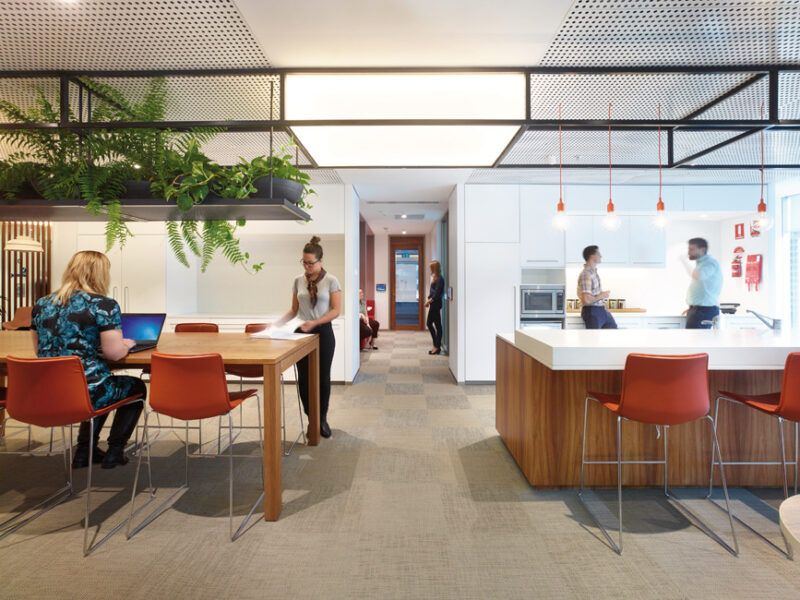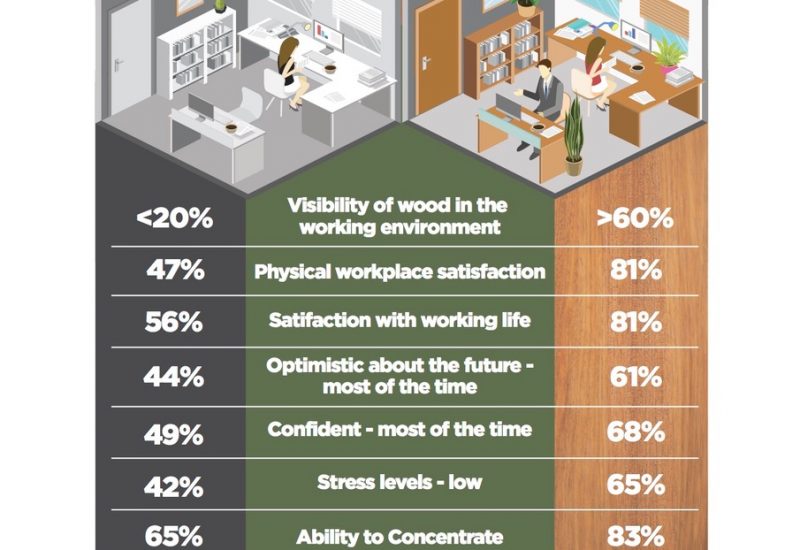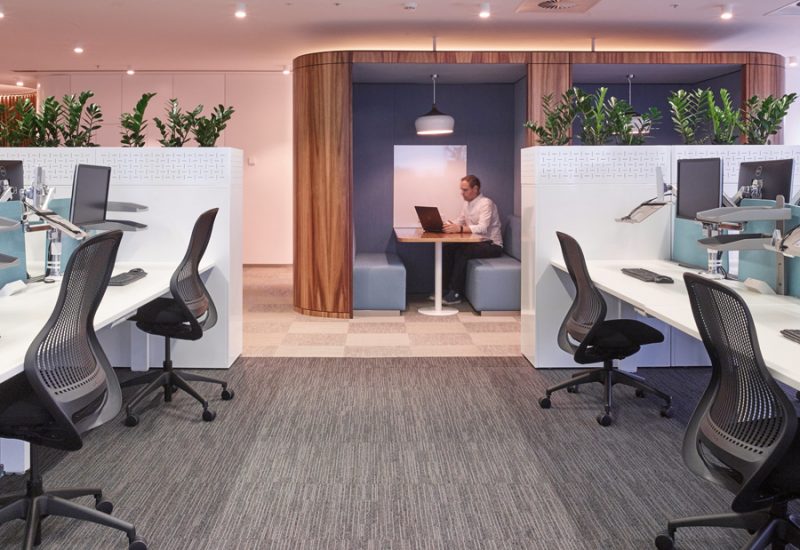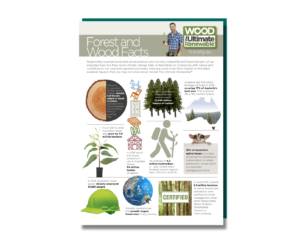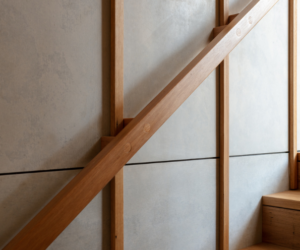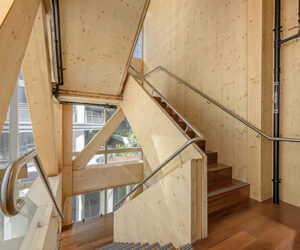Wood benefits workplace wellbeing and productivity
Wood benefits workplace wellbeing and productivity. Many Australians spend much of their working lives in indoor spaces, and while we know that wood enhances human health and wellbeing in built environments, researchers are now looking specifically at how natural elements improve offices and workplaces – and the results are remarkable.
Earlier this year, strategic market research firm Pollinate and the University of Canberra surveyed 1000 indoor Australian workers and their findings make a convincing case for the use of wood and biophilic design (i.e. incorporating the natural world in built environments).
In an office context, biophilic design features can include wood, natural light, windows, indoor plants and water features. The study found that few workers currently have elements of nature in their workplaces. In fact, just 47 per cent of employees surveyed have access to natural light and only two in five can see indoor plants in their office spaces.
Furthermore, a quarter were unable to see any natural-looking wooden surfaces in their workplaces. If that wasn’t bad enough, the study discovered that almost half of staff spend less than one hour outdoors on work days.
In its report, Pollinate connected the dots thus: “The happier the worker, the more effective they will be in their role.” Given that an increasing body of evidence shows that wood and natural elements directly promote happiness, it means that employers are overlooking a clear way to keep workers content and thriving. It was found that over 40 per cent of workers weren’t satisfied with their workplace’s physical environment, which overwhelmingly points to one thing: it’s time for change.
According to the study, employees in offices featuring natural wooden surfaces reported higher personal productivity, mood, concentration, clarity, confidence and optimism on average. What’s more, over 80 per cent of workers exposed to eight or more wooden surfaces in their workplaces reported being ‘satisfied or very satisfied’ with work.
Interestingly, employees in workplaces with less than 20 per cent natural-looking wooden surfaces are far less satisfied when it comes to their working lives and physical workplaces compared to those exposed to a high proportion of wood. Pollinate concludes in its report: “Satisfaction with both working life and the physical workplace increases along with the number of biophilic design elements visible.”
Another report by Terrapin Bright Green in 2012 found that biophilic design features in offices have been shown to increase productivity by 15 per cent by way of increased creativity, staff retention and reduction of absenteeism.
The ripple effect of these findings is huge – happier, more productive workers make for a stronger organisation which in turn benefits the Australian economy. And the secret to success is obvious: include natural elements like wood in workplaces. Given that Australians are spending 90 per cent of their time indoors, it is all the more important that they are in sustainable and health-promoting built environments.
This information should be a wake-up call to all organisations that wish to improve the wellbeing and productivity of their staff. From small businesses to government, and everyone in between, the answer is simple, add more wood and natural elements and the results will go straight to your bottom line.
The information contained in this article can be found in the Workplaces: Wellness + Wood = Productivity report
